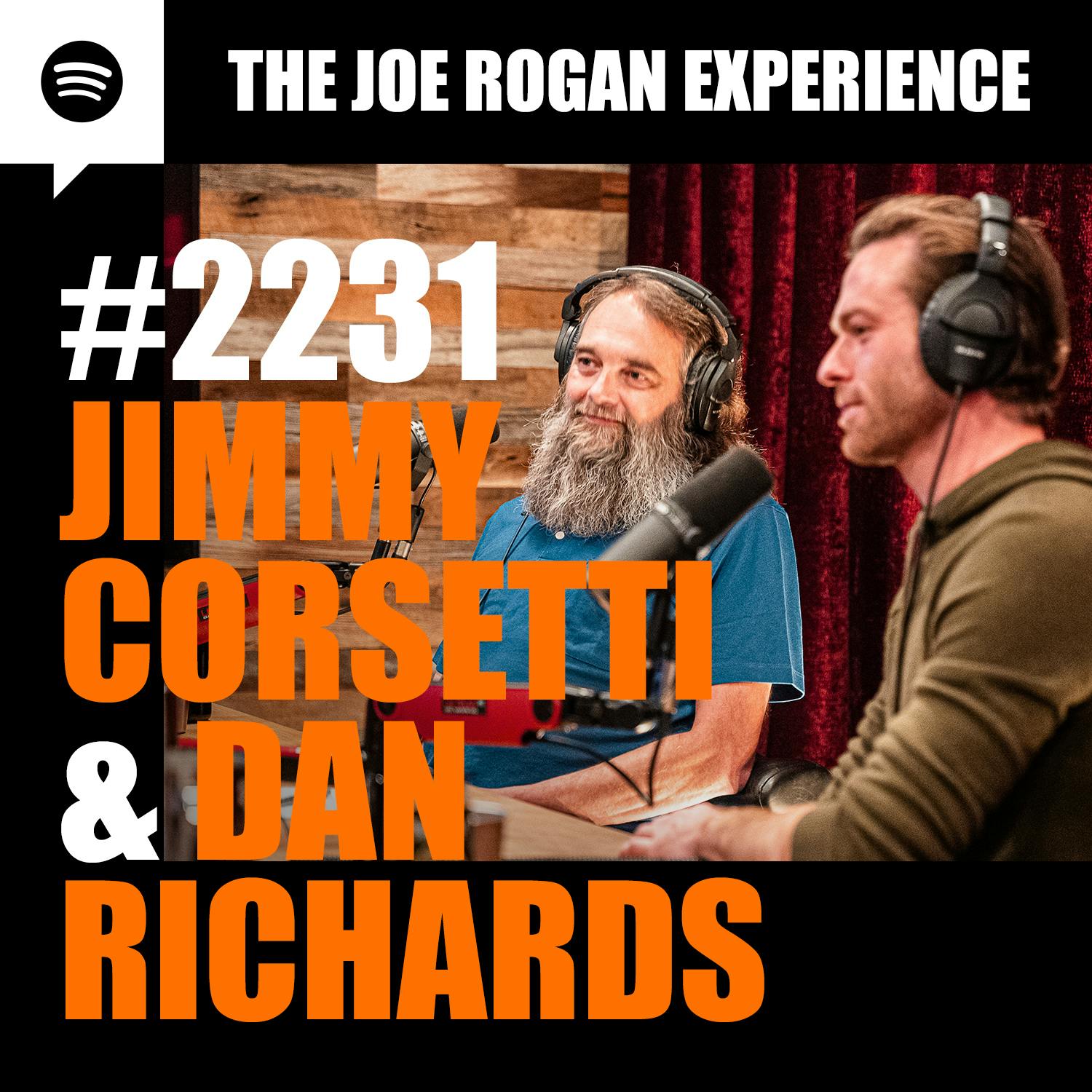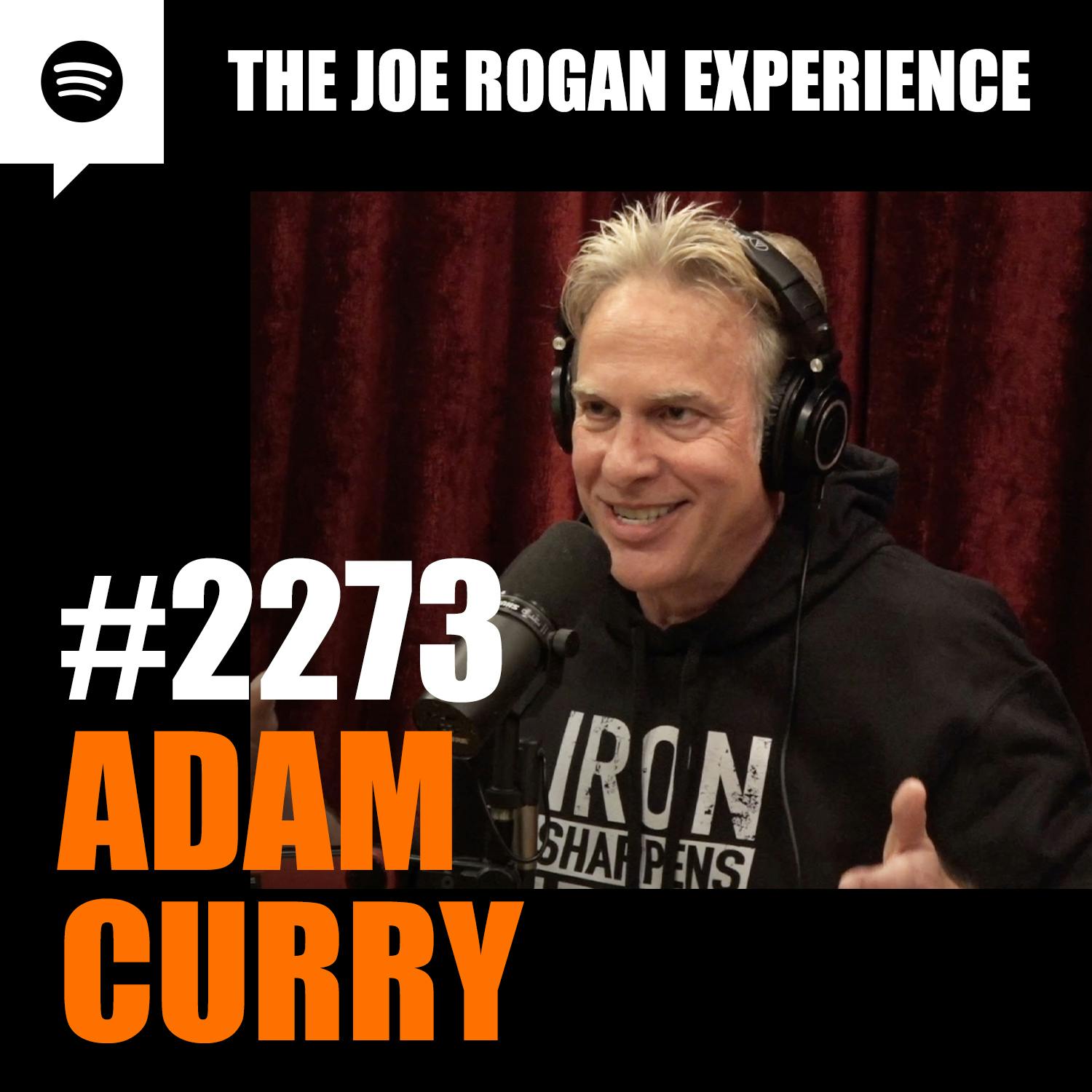
November 20, 2024 • 3hr 16min
#2231 - Jimmy Corsetti & Dan Richards
The Joe Rogan Experience

Key Takeaways
- Ancient Construction Mysteries: The massive stones at Baalbek (800-900 tons each) and their precise placement 30ft high defy conventional explanations of Roman engineering capabilities
- Limited Archaeological Investigation: Major ancient sites like Göbekli Tepe (only 5-10% excavated) and the Great Pyramid's newly discovered chamber remain largely unexplored despite their historical significance
- Academic Gatekeeping: Mainstream archaeology often dismisses alternative theories and researchers through character attacks rather than engaging with the evidence
- Climate Science Complexity: Natural climate cycles and phenomena like magnetic pole shifts are often excluded from climate change discussions in favor of focusing solely on human factors
- Media Evolution: Traditional media is losing influence while independent journalism and platforms like X/Twitter and Rumble are gaining prominence through more open discourse
Introduction
Jimmy Corsetti (Bright Insight) and Dan Richards (DeDunking) join Joe Rogan to discuss ancient civilizations, archaeological mysteries, and the state of academic discourse around alternative historical theories. The conversation covers major archaeological sites, climate science, media transformation, and the importance of open scientific inquiry.
Topics Discussed
The Mystery of Baalbek (3:32)
The discussion begins with the incredible engineering feat of Baalbek in Lebanon, featuring some of the largest carved stones ever moved in human history:
- Three massive trilithon stones weighing 800-900 tons each were transported and precisely placed 30ft above ground
- The site predates Roman occupation, with evidence of human habitation dating back 11,000 years
- The largest stone used in Rome weighed only 53 tons, making Roman construction of Baalbek highly unlikely
- The stones required transportation through mountainous terrain with peaks over 10,000ft
Modern Stone Moving Capabilities (15:07)
The conversation shifts to modern attempts at moving large stones:
- The Los Angeles County Museum of Art moved a 340-ton stone at great expense and difficulty
- Required custom-built 260ft trailer with 196 wheels
- Cost $10 million and took 9 days to move
- This stone was only one-third the weight of the Baalbek trilithons
Göbekli Tepe Excavation Mystery (56:54)
The discussion turns to the limited excavation of Göbekli Tepe:
- Only 5-10% of the site has been excavated despite its significance
- Current plan suggests 150-year timeframe for full excavation
- Site features sophisticated stone pillars with animal carvings dating to 11,600 years ago
- Questions arise about why excavation has been so limited despite available funding
Climate Science and Earth Changes (1:28:01)
The conversation explores natural climate phenomena often excluded from mainstream discussion:
- Magnetic pole shifts are accelerating and may affect climate patterns
- Earth's shields are diminishing, potentially affecting cosmic impacts
- Natural climate cycles span hundreds of thousands of years
- Current interglacial period has lasted 11,600 years
Media Transformation (2:56:54)
The discussion covers the changing media landscape:
- Traditional news networks seeing massive ratings declines
- Independent journalists and platforms gaining influence
- Rise of community fact-checking through platforms like X/Twitter
- Importance of multiple perspectives in news coverage
The Richat Structure and Atlantis (3:02:41)
The episode concludes with discussion of the Richat Structure as a possible location for Atlantis:
- Structure matches multiple descriptions from Plato's account
- Located near Atlas Mountains and historical water sources
- Features concentric rings matching ancient descriptions
- Limited investigation due to remote location and harsh conditions
Conclusion
This wide-ranging conversation highlights the importance of questioning established narratives while maintaining scientific rigor. The discussion emphasizes how new evidence and alternative perspectives can enhance our understanding of ancient history, climate science, and current events. The episode underscores the value of open dialogue and the need to resist ideological gatekeeping in both academia and media.









